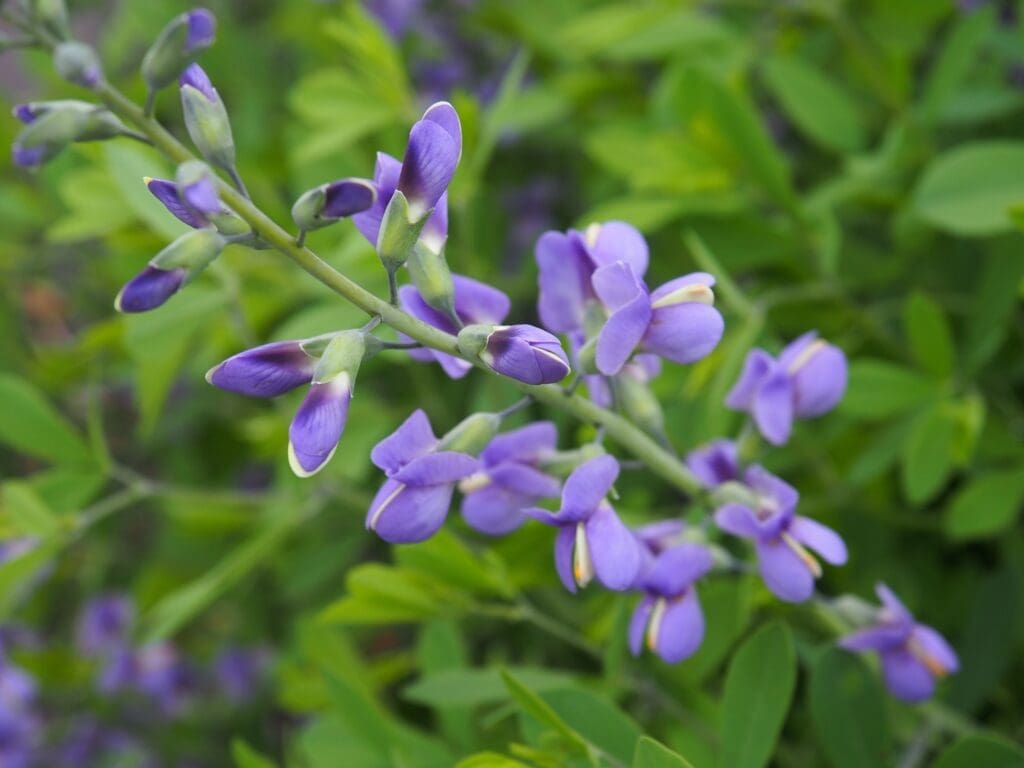Incorporating native plants is an effective way to restore biodiversity in home gardens and landscapes, says Kansas State University horticulture expert Cynthia Domenghini. Native plants require minimal maintenance while providing essential food and shelter for wildlife. Because they are naturally adapted to their environment, they help create a balanced ecosystem where plants and animals coexist. Once established, they need less water, fertilizer, and pest control than non-native species. Less human intervention allows biodiversity to thrive, making native habitats valuable food sources for wildlife.
Some animals rely on specific plants, while others adapt to a variety. A mix of native plants attracts more wildlife, enhancing biodiversity. Recommended options include Bee Balm, Witch Hazel, False Indigo, and Serviceberry. Bee Balm, growing 2-3 feet tall, produces pink and purple blooms from June to August, attracting bees, hummingbirds, and butterflies. Witch Hazel, a large shrub reaching 15-20 feet, thrives in fall and winter with yellow flowers that feed bees. False Indigo, over three feet tall, flourishes in full sun and improves soil by fixing nitrogen. Serviceberry, native to eastern Kansas, bears mid-summer fruit similar in taste to blueberries.
Domenghini offers these tips for incorporating native plants into a garden:
- Select plants suited to the natural conditions of the landscape, including shade, wind, and slope.
- Consult local native plant organizations for region-specific guidance.
- Buy native plants from reputable local sources.
- Minimize maintenance by avoiding fertilizers and herbicides.
Exotic or non-native plants do not need to be removed unless they interfere with the landscape’s ecological goals. There is room for introduced plants that bring personal enjoyment alongside native species.
Domenghini and her colleagues in K-State’s Department of Horticulture and Natural Resources produce a weekly Horticulture Newsletter with tips for maintaining home landscapes and gardens.













